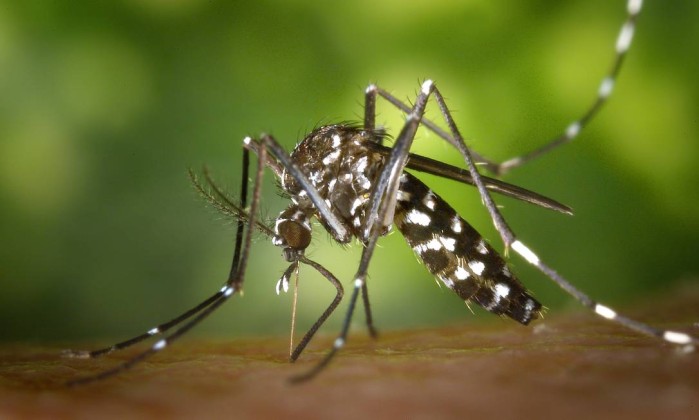
Symptoms
Yellow fever is a serious infectious disease, caused by viruses and transmitted by vectors. Generally, whoever gets this virus does not have symptoms or they are very weak. The first manifestations of the disease are sudden: high fever, chills, tiredness, headache, muscle pain, nausea and vomiting for about three days.
The most serious form of the disease is rare and usually appears after a brief period of well-being (up to two days), when hepatic and renal insufficiencies, jaundice (yellow eyes and skin), hemorrhagic manifestations and intense tiredness may occur. Most infected recover well and get permanent immunization against yellow fever.
Streaming
Yellow fever occurs in South and Central America, as well as in some African countries and is transmitted by mosquitoes in urban or wild areas. Its manifestation is identical in both cases of transmission, because the virus and the clinical evolution are the same - the difference is only in the transmitters.
In the wild cycle, in forest areas, the yellow fever vector is mainly the Haemagogus mosquito and the Sabethes genus. In the urban area, the transmission occurs through the mosquito Aedes aegypti (the same as dengue). The infection happens when a person who has never contracted yellow fever or taken the vaccine against it circulates in forest areas and is bitten by an infected mosquito. By contracting the disease, a person can become a source of infection for Aedes aegypti in urban areas.
In addition to the man, the virus infection can also affect other vertebrates. Monkeys may develop wild yellow fever in an inapparent manner, but have enough virus to infect mosquitoes. The monkey does not transmit the disease to humans, just as one person does not transmit the disease to another. The transmission is only by the mosquito. Monkeys help identify the regions where virus circulation is occurring. With these data, the government strategically distributes the vaccines in the national territory.
Prevention
As urban transmission of yellow fever is only possible through the bite of Aedes aegypti mosquitoes, prevention of disease should be avoided. Mosquitoes are created in water and proliferate within households and their environs. Any container such as water tanks, tins and tires containing clean water are ideal environments for the mosquito's female to lay their eggs, from which larvae will be born that, after developing in the water, will become new mosquitoes. Therefore, stagnant water should not be allowed to accumulate in unopened containers. To eliminate the adult mosquito, in the event of an epidemic of dengue fever or yellow fever, the application of insecticide through "smoke" should be done.
In addition, individual protection measures, such as vaccination against yellow fever, should be taken, especially for those who live or will travel to areas with signs of the disease. Other preventive measures are the use of insect repellent, mosquito nets and clothes that cover the whole body.
The goal is to vaccinate 95% of 19.7 million. The goal is to prevent the circulation and spread of the virus. The standard dose of the vaccine will continue to be administered.
Nenhum comentário:
Postar um comentário